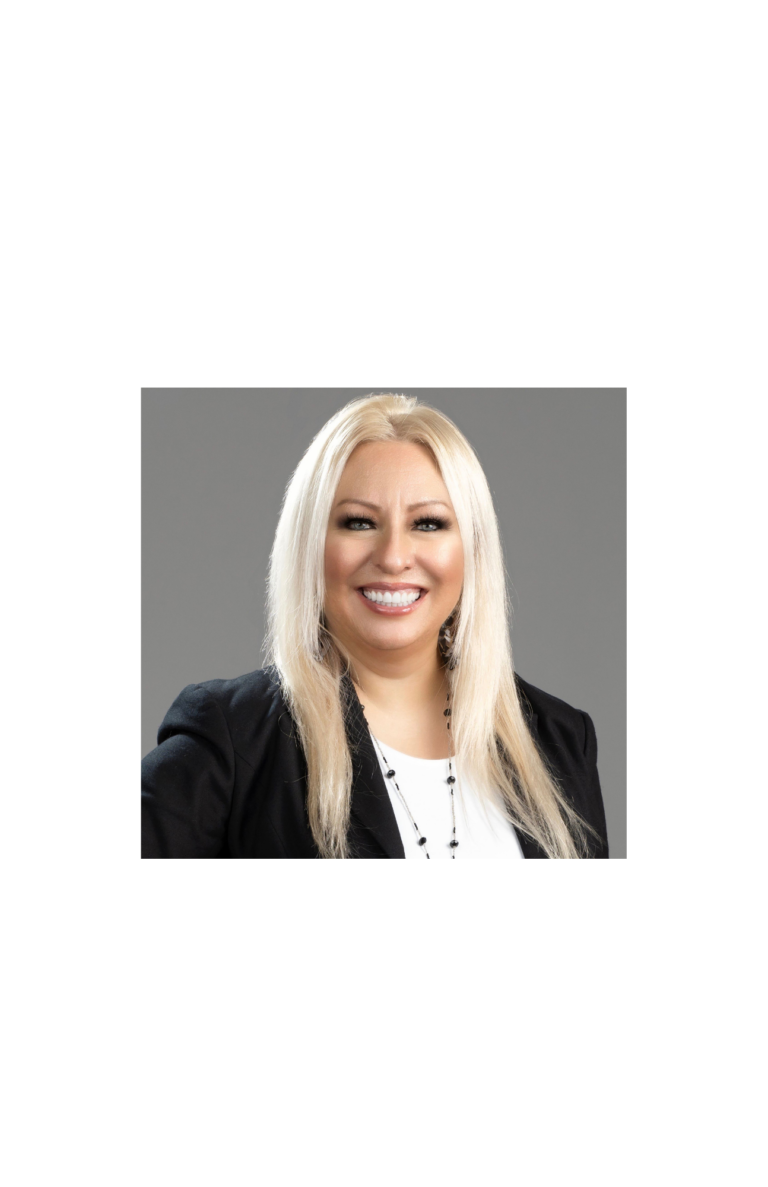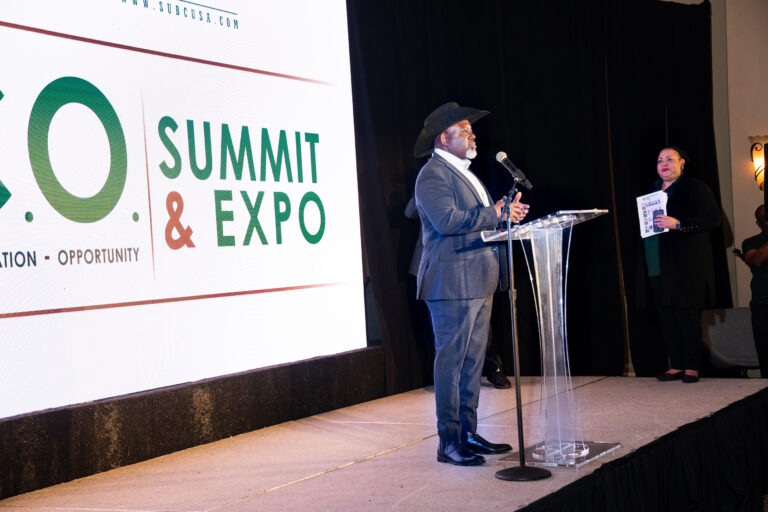
Architecture firms are undoubtedly facing many challenges and decisions as they deal with the impact of COVID-19. Most architecture firms are working remotely, either by their own choice or at the direction of local authorities. However, many construction projects are continuing. Architects and their firms that need to provide contract administration services or other contractual or legal obligations for site visits will need to balance competing interests and obligations.
The AIA is prohibited from giving legal advice. However, we are able to outline the issues for your use in seeking the advice of an appropriate professional. If you believe that you are facing a situation where liability may arise, we urge you to promptly seek advice from legal counsel licensed in your jurisdiction, as well as the advice of your professional liability insurer.
The general guidance below should be weighed against the specific facts at hand and the needs of the parties involved, including whether site visits are even permissible under the current state and local mandates, such as those currently in effect in California and New York.
Historically speaking, means, methods, and jobsite safety are responsibilities generally within the sole province of the contractor, so architects should be careful not to overstep their bounds.
Given the unusual conditions presented by COVID-19, the best course of action at this time is to openly communicate with the other project participants (owner, contractor, subs, etc.) about the situation, identify the challenges presented, and work toward a mutually acceptable resolution, such as putting a limit on the number of people onsite during observations, adopting methods for virtual observation, and other solutions. In their discussions, the parties may consider how social distancing, the Centers for Disease Control (CDC) guidelines, and other requirements or recommendations by applicable public authorities or officials will be addressed to allow for safe and approved site visits by the architect and its consultants.
If the means stated by the contractor are not satisfactory to the architect related to protecting the architect’s employees and consultants that must ordinarily visit the site, or in order to comply with regulatory mandates and policies, the architect may attempt to come to an alternative understanding with the contractor. If an understanding cannot be reached, then the issue could be escalated to the owner.
If the architect does get adequate assurances, these assurances should be memorialized in a writing to confirm the parties’ common understanding (and to serve later as proof of the understanding).
The architect’s employees and consultants sent to the site should be advised of the understanding between the architect and contractor (and owner), and a copy of the written confirmation of the understanding should be provided to them. Employees and consultants should also be told that if, upon arrival at the site or during the visit, conditions are not as agreed, or if they have other concerns, they should suspend the site visit and contact their home office to discuss their concerns before proceeding.
One alternative the architect and its consultants might consider and discuss with the owner and contractor is the feasibility of using technology to do site inspections if they feel in- person site inspections will not work. Development of a plan and protocols for “virtual site inspections” would depend on many factors, including the working relationship and levels of trust among the various parties (architect, owner, contractor, consultants), the particular nature of the items to be observed, and the specific intent of the visit. For example, a general visit to certify applications for payment may differ from observations of concrete pours or inspections by the authority having jurisdiction that are key to structural integrity or health, safety and welfare (HSW) issues, the technology available, and informing the owner of potential shortcomings by not physically visiting the site to see the work in place.
In general, an owner and contractor have contractual and common law obligations to follow all laws. A party to a contract also cannot force another party to perform an illegal act. It remains unknown whether the requested action, jobsite visits, would be illegal per se, though it may violate CDC guidelines. In localities where there are quarantine or shelter-in-place orders, the situation may be quite different.
At the end of the day, the architect will most likely be judged by whether or not it acted reasonably in learning about the conditions expected to be encountered at the site, advising the contractor and owner (and construction manager, or other similarly situated entities with corresponding obligations and responsibilities) of its concerns and expectations, including any limitations on the quality of observations that might be made using technology in lieu of in-person site visits, and making good faith efforts to continue performance.
The traditional standard of care is what a reasonably prudent architect in the same or similar locale would do under the same or similar circumstances. This standard of care is also reflected in the AIA Owner Contractor agreements (see for example B101-2017 at § 2.2). Where there are future inquiries regarding what the standard of care may be, a judge, jury, or arbitrator will look back at the totality of circumstances to determine whether the architect fulfilled its obligations. Because the standard of care varies by location and from case to case, the AIA cannot set a standard of care for architects.
It is unfortunately not possible for AIA or any organization to state that a prescribed set of steps taken now will definitely satisfy the standard of care because, ultimately, compliance with the standard of care will be adjudged by looking back at the architect’s actions. Despite this fundamental challenge, the AIA understands that it may be frustrating for members dealing with this complex situation in real time, and is actively working on materials that will assist members. Please continue to check the AIA websites, and look for further communications from components, for further information.
Source: AIA






